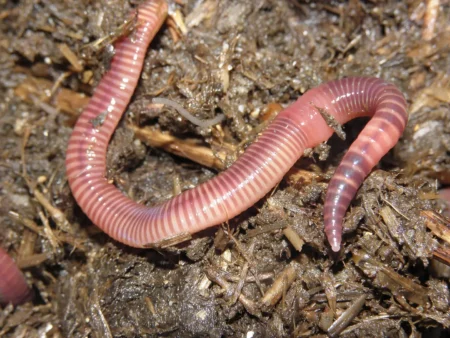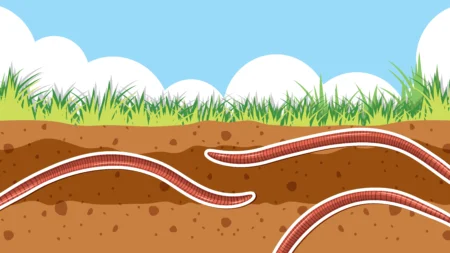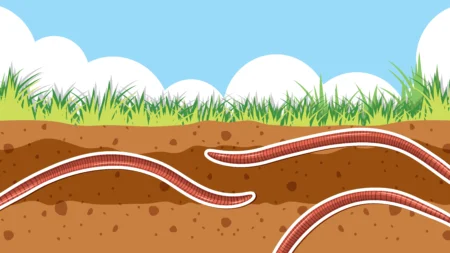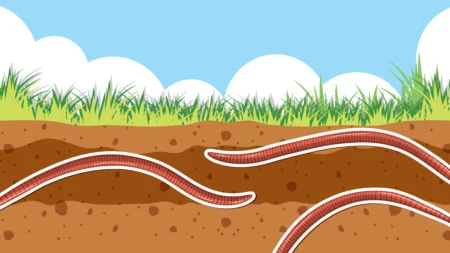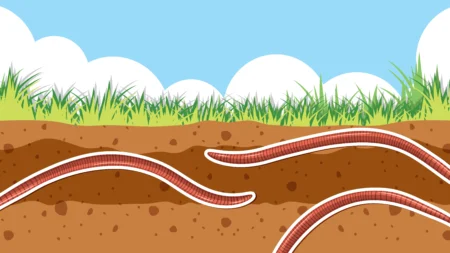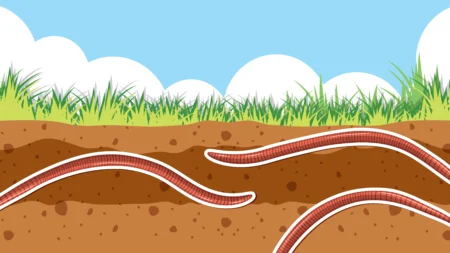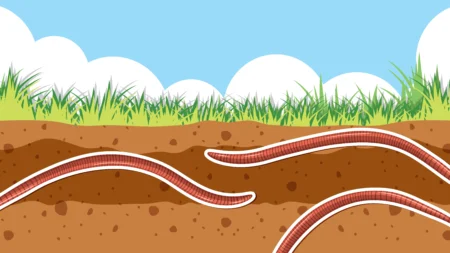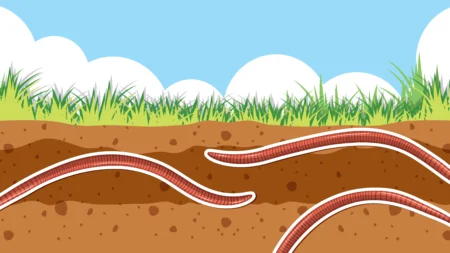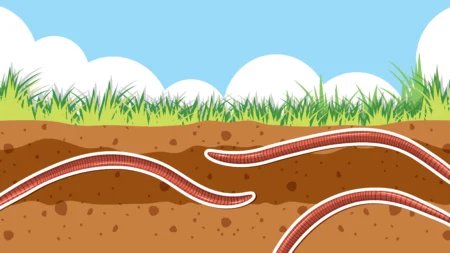Browsing: Earthworm
Earthworms are segmented invertebrates belonging to the phylum Annelida. They play a crucial role in soil health by breaking down organic matter and improving soil aeration. Their bodies are long, cylindrical, and divided into ring-like segments. Covered in a thin mucous layer, earthworms remain moist to facilitate respiration through their skin, as they lack lungs. They move using tiny bristle-like structures called setae, which help them burrow into the soil. Earthworms feed on decaying plant material, which they digest through a simple but efficient system, enriching the soil with nutrients. Due to their impact on soil fertility, they are often called “nature’s plow”.
Earthworms are hermaphrodites, meaning each individual possesses both male and female reproductive organs. They reproduce by exchanging genetic material with another earthworm, after which a clitellum—a glandular band around their body—secretes a protective cocoon for fertilized eggs. These organisms thrive in moist environments and are highly sensitive to changes in temperature, humidity, and soil composition. Their presence is a sign of healthy soil, making them essential to agriculture, ecosystems, and composting. Scientists study earthworms to understand soil conservation, environmental changes, and their role in maintaining ecological balance.


